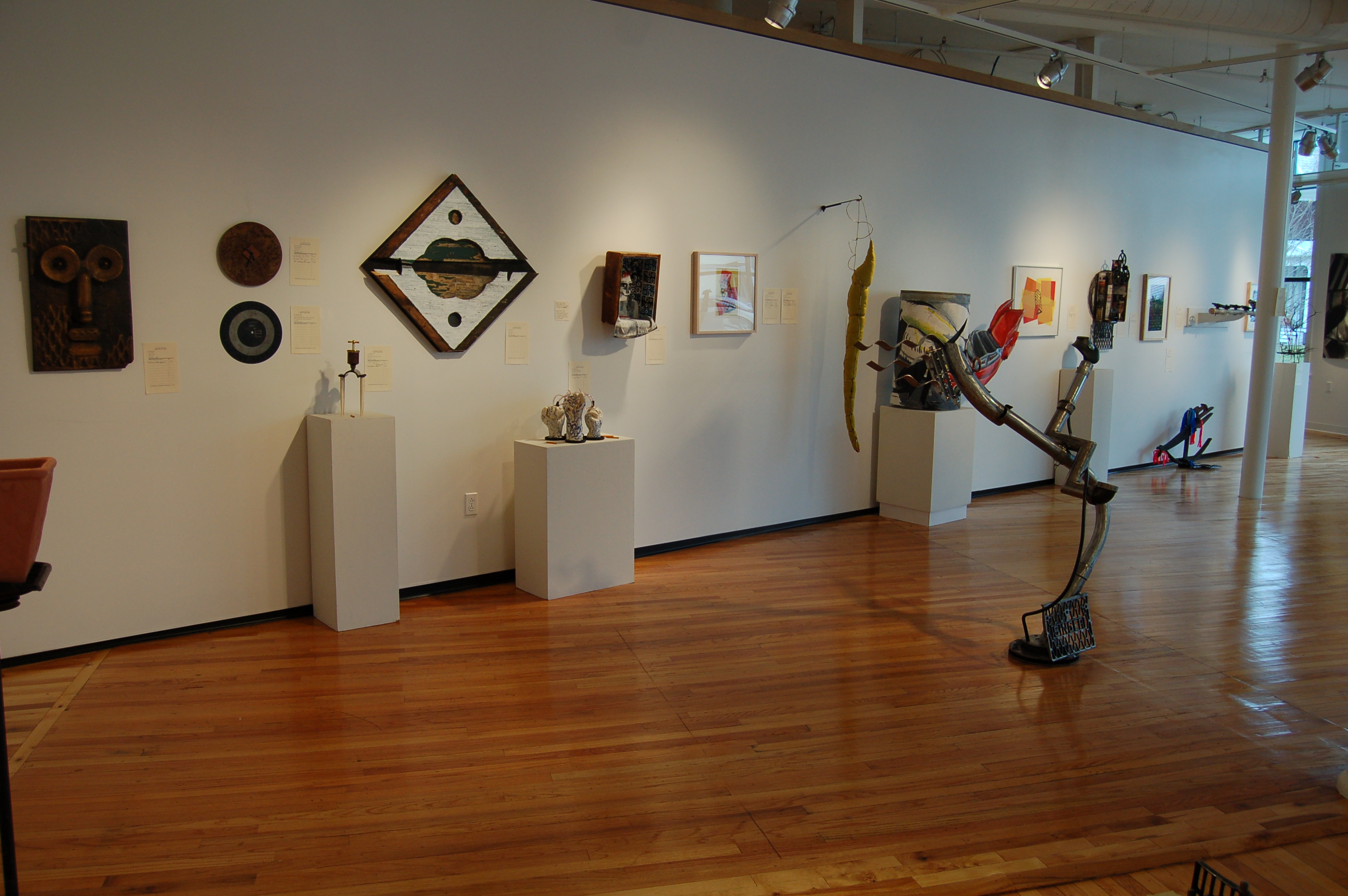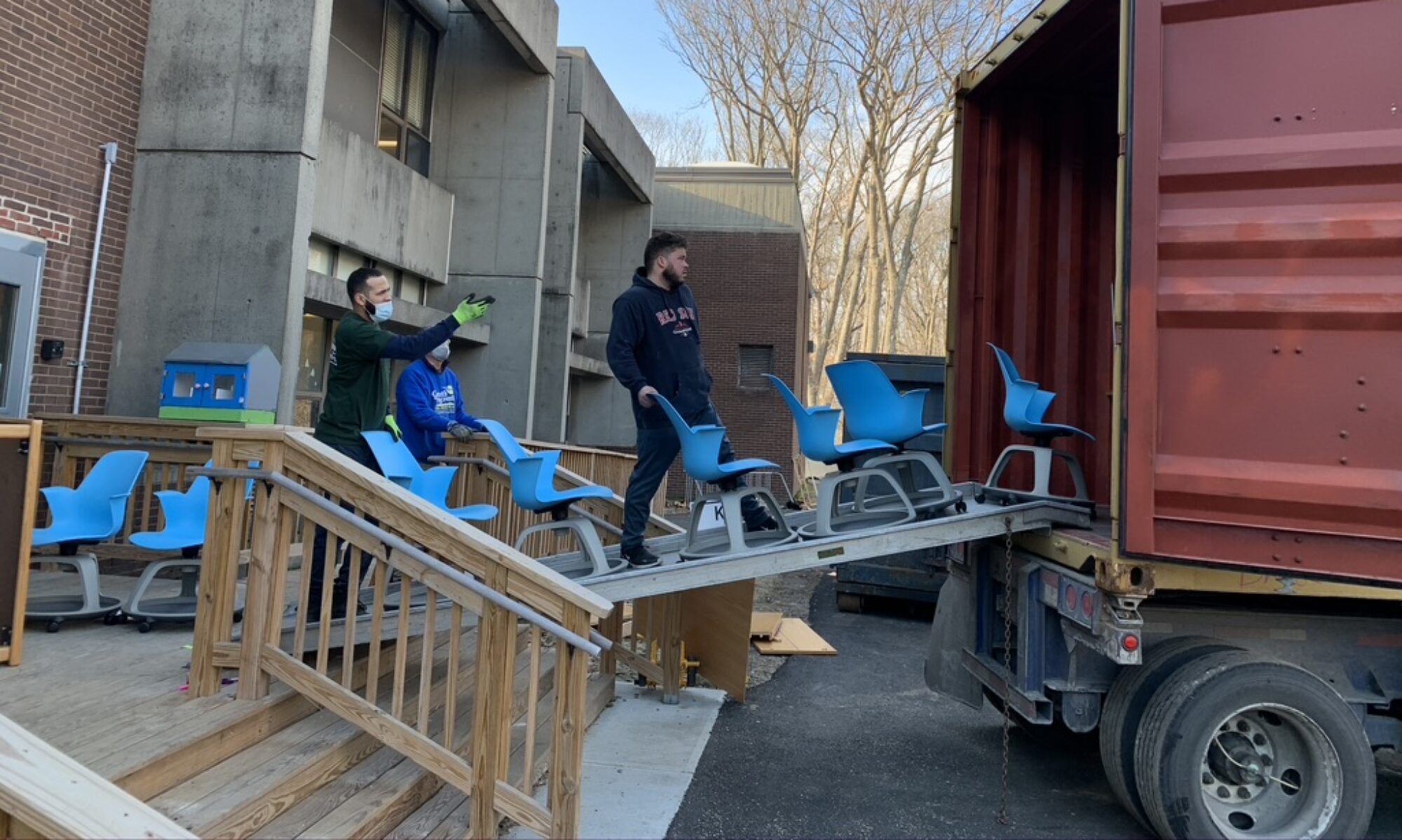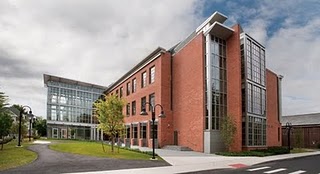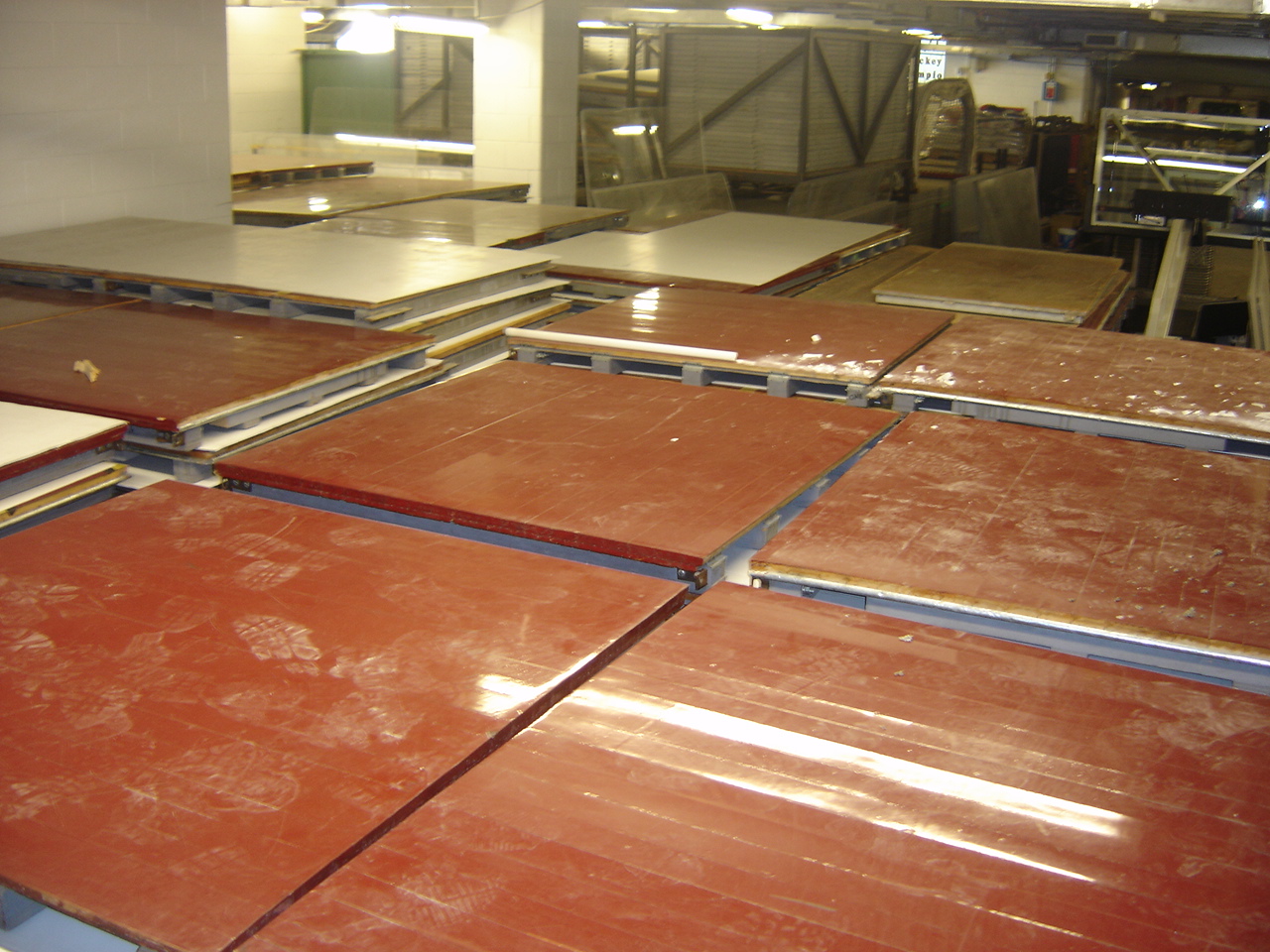 For over 100 years into the 1970s the H.W. Carter overall factory was a cornerstone of the community in Lebanon, NH. Sitting just off the town green, it was also a centerpiece of the landscape.
For over 100 years into the 1970s the H.W. Carter overall factory was a cornerstone of the community in Lebanon, NH. Sitting just off the town green, it was also a centerpiece of the landscape.
But as in thousands of other communities, times changed, the Carter factory closed, and the structure devolved into an eyesore. In the mid-90s part of the building was leased by the regional Alliance for the Visual Arts. AVA attracted a number of artists to the building’s low rent space, and the old Carter factory became a hub for the local art scene. But it remained a grubby, creaking, leaking, energy-wasting eyesore.
Then in 2001 AVA acquired the building outright, and AVA’s board embraced the idea of a sweeping transformation of the Carter factory into a space that would be not just a community art center, but an example of the best in sustainable, caring design and construction.
IRN had the good fortune to be invited to join the project team as waste manager, and over the course of fourteen months we had the opportunity to witness an amazing renewal. The exterior look of the building kept its original character, with just enough new details to let you know that something special was inside. And inside – probably the most gorgeous and flexible gallery space north of Boston, teaching spaces that host a year-round schedule of classes, and naturally lit studio space for some two dozen artists, along with state-of-the art heating, ventilation, lighting, and plumbing; a green roof; waste-water management, and dozens of other features that amounted to LEED Gold. The project has been honored with multiple awards including the Merit Award for Excellence from PlanNH, the Citation Award in Historic Preservation/Restoration from the AIA Vermont Chapter, and the Excellence in Construction – Historical Renovation award from the Associated Builders & Contractors of VT/NH.
IRN is happy to have made our small contribution in a 97% reuse/recycling rate. But as waste people our favorite thing was AVA’s Waste-to-Art project. As the building was gutted, AVA invited regional artists to muck through the piles of junk left behind from 125 years of making overalls and dungarees – pieces of sewing machines, time clocks, parts of old scales, a 1910 freight elevator, painted and repainted siding – and then go make art. The resulting artworks were assembled into an amazing opening exhibition of sculpture and wall pieces that tied together the history of the old building, AVA’s commitment to sustainability, and their role as a leader in the New England arts community. The exhibit got a LEED innovation credit, but more important it sold out, putting $20,000 into AVA’s bank account. The best use of trash we’ve ever seen.
Take a look at photos of the AVA restoration and Waste-to-Art exhibit at http://picasaweb.google.com/nhmlennon/AVAWasteToArtExhibition2008#.


